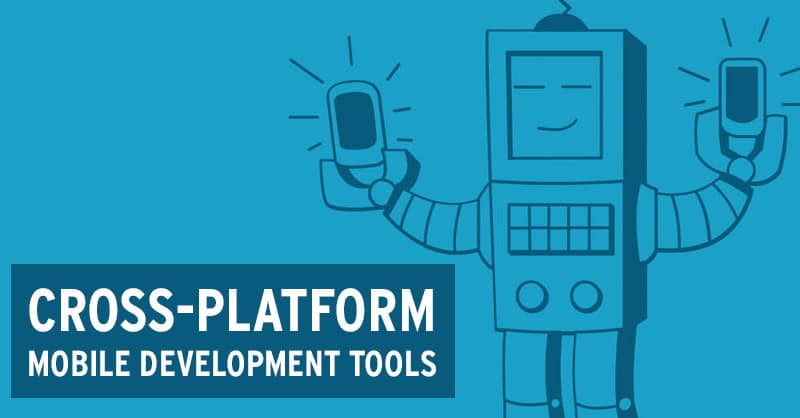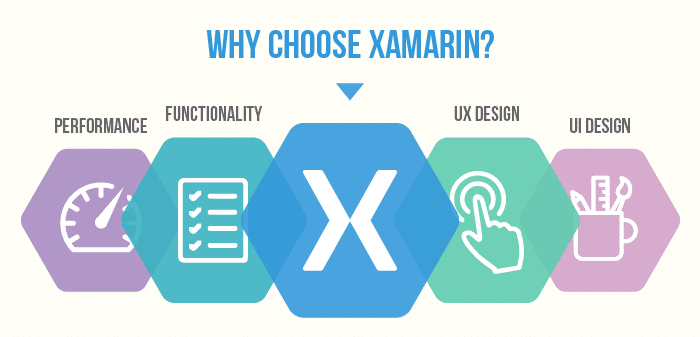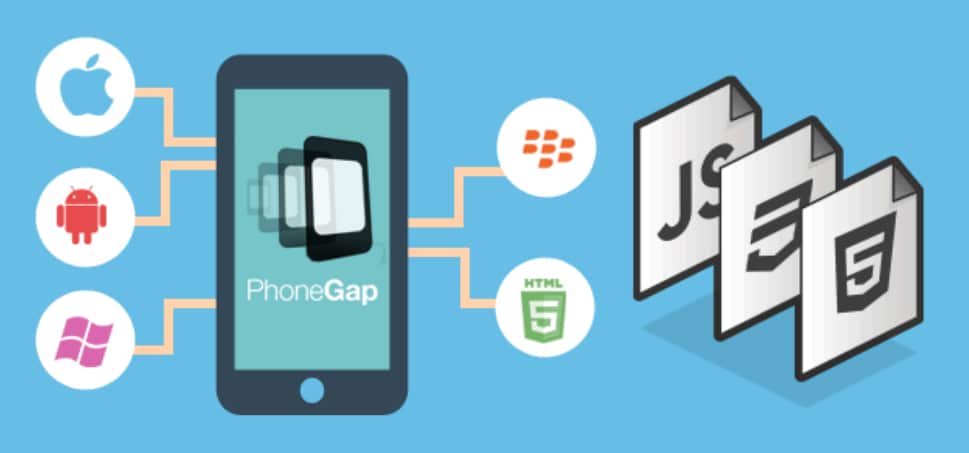Be it due to the high cost of alternatives or because of its inherent benefits, cross-platform app development has been flourishing over the last few years with consistent improvements in all metrics. What once used to be mere web applications squeezed into the form of mobile apps, are today on par with native applications with comparable UI/UX, performance, and features. So how did such improvements came about? Well, its simple- the products improved only because the tools and technologies through which they are built improved tremendously.
Basically, if you are looking to create a cross-platform application, you are in luck! There are virtually countless numbers of highly sophisticated tools available on the market along with amply large community support. The only problem is that there are just too many- leading to confusion, especially among the newbies. To help you in that case, here are 5 of the finest in no particular order because when it comes to tools, preferences of developers are often more important than the inherent quality of tool itself.

#1. Xamarin

Xamarin was one of the earliest tools to bridge the gap between different platforms by helping create hybrid applications. And since it has constantly been updated with new features, Xamarin app development still remains one of the top choices for businesses looking for quick and cost-effective solutions to meet full-scale business needs. Also, given that it uses mainly web technologies for creating mobile apps, the skillset to look for in Xamarin developers is quite common and thus can be easily found.
#2. Native Script
Native Script remains the top contender for building cross-platform applications without compromising on native features. It offers most of the native APIs in JavaScript and the plugins it deploys can be reused for different platforms- thus helping developers create a largely common codebase. Also, since it uses powerful technologies like AngularJS and TrueScript at the back, the applications developed are of highest quality with latest features.
#3. Monocross
If you are comfortable in C# or .NET and wish to exploit their power for creating mobile applications, Monocross is the best option you have got. This open-source, cross-platform framework lends full support for native device APIs to help deploy not just an interactive interface but also native functionalities. However, given the lack of proper documentation, the learning curve for the framework may be a bit steeper than others.
#4. Appcelerator
Quite true to its name, Appcelerator is the tool to be deployed if you wish to accelerate your cross-platform application development cycle. The open-source tool primarily uses a JavaScript codebase but also supports HTML5 for additional features. For creating large-scale applications with native features, it comes with its own SDK, corresponding OS APIs, Eclipse-based IDE Studio, and an MVC framework Alloy. It also supports over 5000 devices for quick testing- all of which deliver highest quality standard while still cutting short on development time. The only problem that developers might face is that if they get stuck somewhere, the lack of a vibrant community makes it tough to get help.
#5. PhoneGap

If incorporating native features that require access to hardware is not a priority, this framework offered by Adobe is possibly the simplest and most useful option. It uses HTML5, CSS, and JavaScript code to create mobile applications compatible with all major platforms including Android, iOS, Windows and more. Perhaps the only problem with PhoneGap app development is that while it is capable of creating a seamless cross-platform application, the performance does falter when it comes to deploying graphic-rich content.

